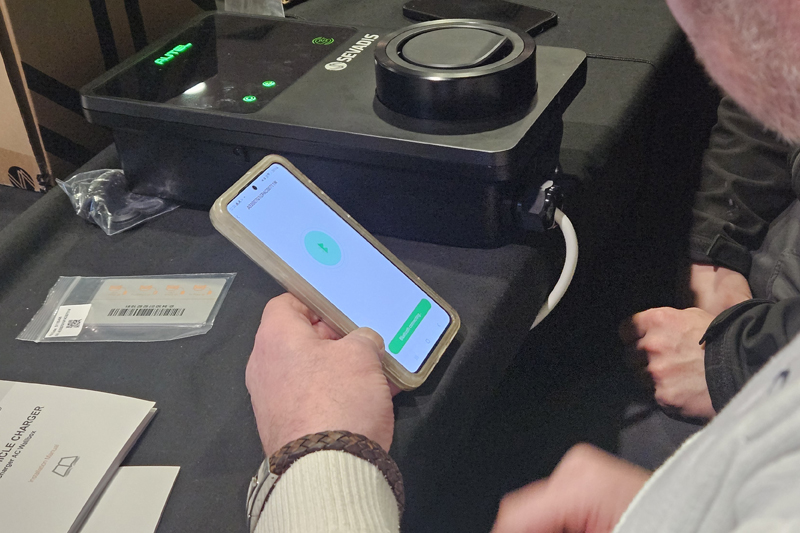
Cris Chapman, MD of Sevadis, emphasises the need for hands-on experience when it comes to EV charge point installation training if installers are to gain the maximum business benefit and help the country deliver the charging infrastructure it needs in the future.
Despite Tesla sales taking a knock across Europe thanks, in no short measure, to controversies surrounding Elon Musk, the influx of EVs from mass manufacturers such as BYD has made ownership increasingly affordable and bolstered the market.
Electric vehicles now have around 20% share in the motor industry and there are over 14 million such vehicles registered in the UK, with over 380,000 registered in 2024, including 20,000 vans.
Challenges to uptake remain, particularly around anxiety about the lack of charging infrastructure and the shortage of skilled operatives able to keep up with installation demand.
Consequently, there is a significant business opportunity for progressive installers to upskill into EV charge point installation or – by undergoing training at Sevadis – broaden the range of charger brands they’re able to fit.
Hands-on approach
Such training builds confidence and lessens concerns about charge point installation, especially those around commissioning and software which appear to be a barrier to entry for some, though it need not be.
Central to any charge point installation training should be the opportunity to install a unit in person. Many manufacturers take a purely classroom-based approach, yet experience shows the quality of learning is massively enhanced by getting hands-on with the charger and then installing the software.
In the case of Sevadis, our charge points are among the easiest and fastest to install on the market, and a morning’s hands-on training, in a group of no more than eight, makes this clear. Obviously, the advantage of fast/easy installation is the increased productivity it brings – making for more efficient working and increased profit potential.
The feedback we receive from our training sessions is truly fantastic, particularly when it comes to the practical element – electricians can’t praise it enough.
Similarly, a properly structured training session removes any of the potential worries associated with installation.
Beyond the actual installation exercise, presentations on a typical course would cover types of electric vehicles; types of connectors and modes of charging; load management and charging times; software and commissioning; installation considerations such as location, connectivity and cabling requirements and, finally, relevant legislation such as the Electric Vehicles (Smart Charge Points) Regulations 2021 and the Public Charge Point Regulations 2023.
Heading in one direction
The government has obviously put its full weight behind EVs, not least with it banning the sale of new petrol and diesel vehicles from 2030, and new hybrids from 2035. It is also supporting the switch away from fossil fuels with grant initiatives and increased regulation.
The direction of travel is only one way and working with Sevadis to obtain the necessary skills to exploit the demand of EV charge points can only be good for business, the environment and the installer’s profits.
Find out more about becoming a Sevadis Certified Installer here
Find more industry feature articles here










